Installation in Training Facility
It is possible to install the NHTS systems as a separate training complex with training room, accommodation and dormitory, in an existing space or in a room divided up using glass separating walls.
Altitude training is a well-established method of enhancing the performance of athletes in elite sports. The training method makes use of the effects of hypoxia and has been recognised and used for decades in a wide range of sports.
Hypoxia is the sum of the effects on the body when the body is supplied with less oxygen than under normal atmospheric conditions on ground level. In hypoxia conditions, the body must adapt to a reduced amount of oxygen. This makes sports training more efficient and effective, and leads to a quicker recovery.
The effect of hypoxia conditions on the human body has been scientifically proven for many years. In hypoxia conditions, the body economises due to special adaptation stimuli. This has a positive impact on the metabolism, performance, recovery and altitude adaptation. High-intensity training intervals in hypoxia conditions not only reduce the training effort but also the risk of injury verifiably.
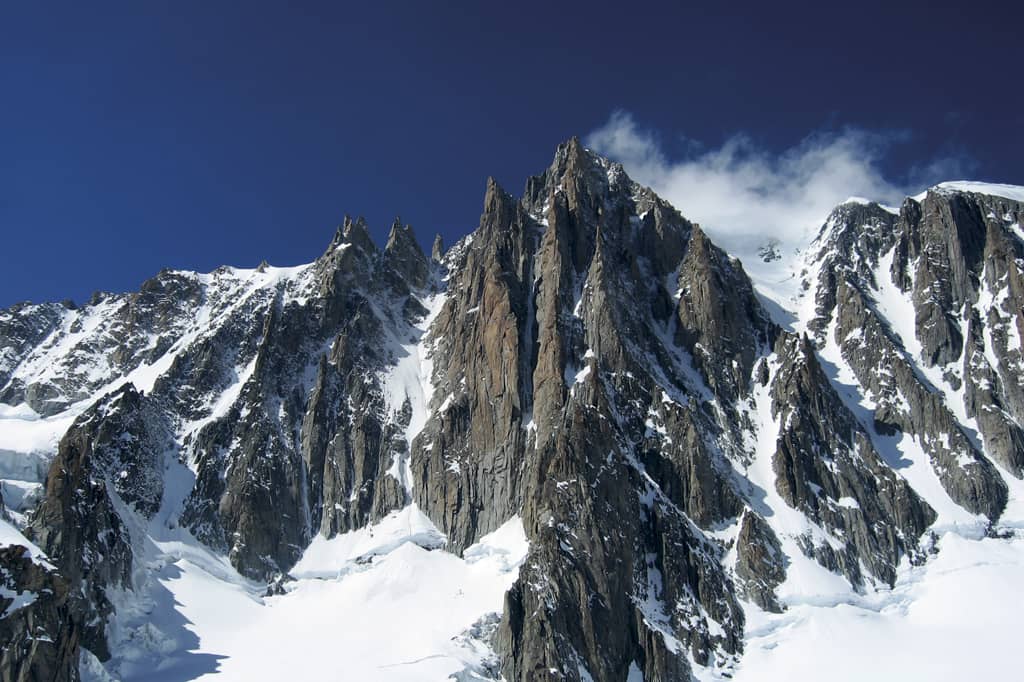
The NHTS simulates altitude. The pressure inside and outside the training room is equal, as the system works with normobaric conditions. The NHTS replaces some of the oxygen by nitrogen in the training room to generate the hypoxia conditions. Due to the gas mixture, the oxygen concentration is lower than normal.
The NHTS was jointly developed by technologists and sports scientists. With its sophisticated training devices, the system provides maximum technical comfort, reliability and safety – particularly for top athletes.
Many different sizes and configurations are available. The basic variants are:
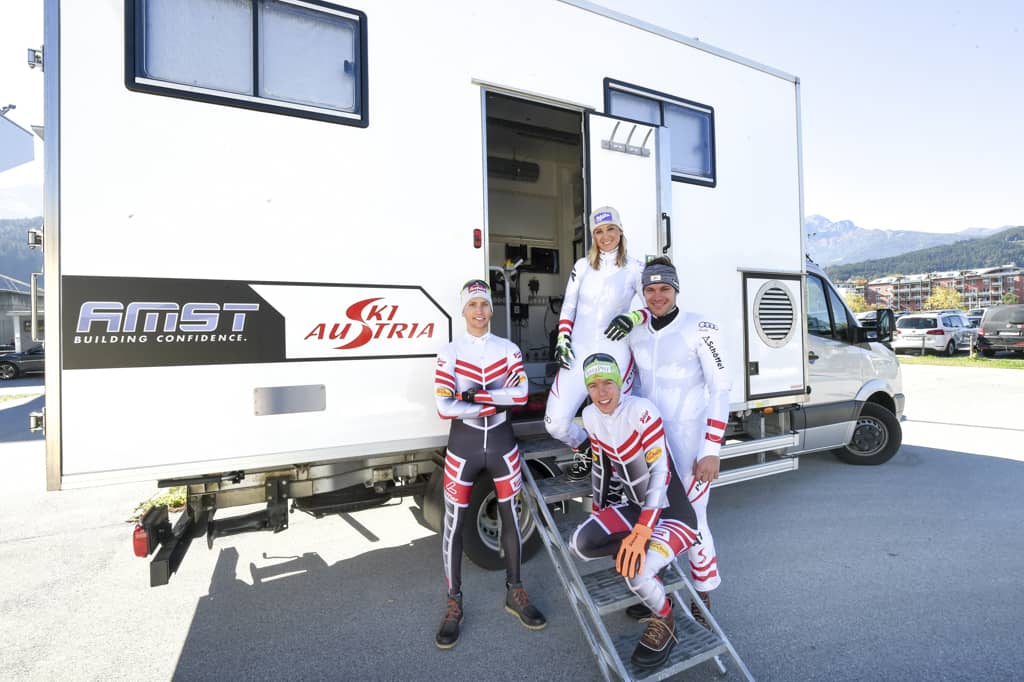
With the NHTS and a specialised training programme, you get the maximum efficiency in individual performance development. Athletes achieve the following effects:
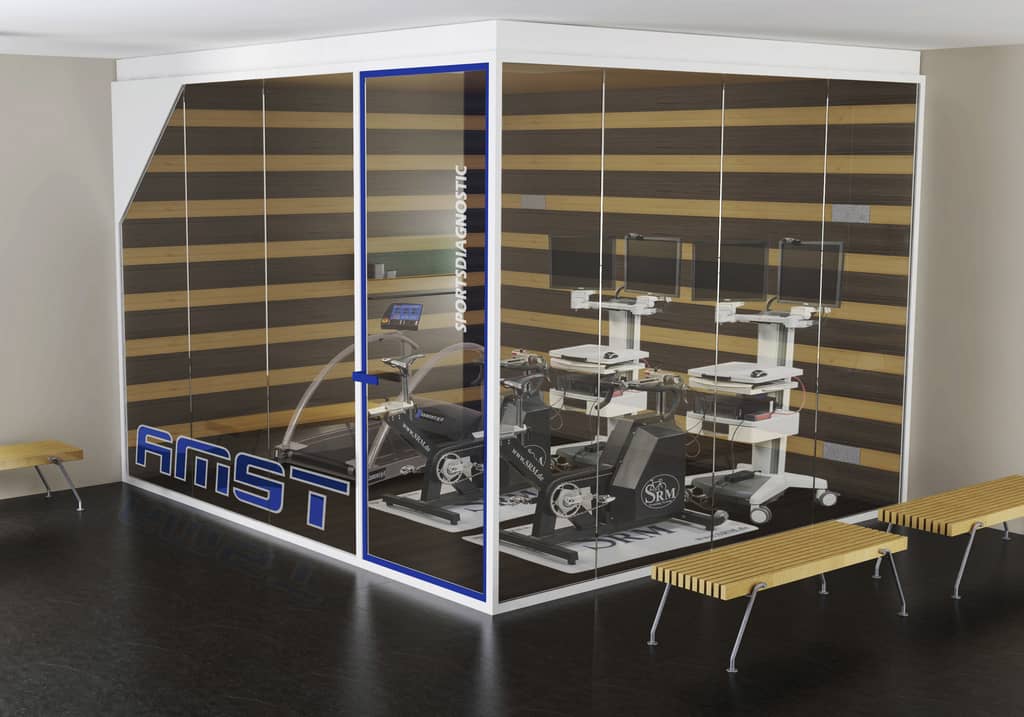
It is possible to install the NHTS systems as a separate training complex with training room, accommodation and dormitory, in an existing space or in a room divided up using glass separating walls.
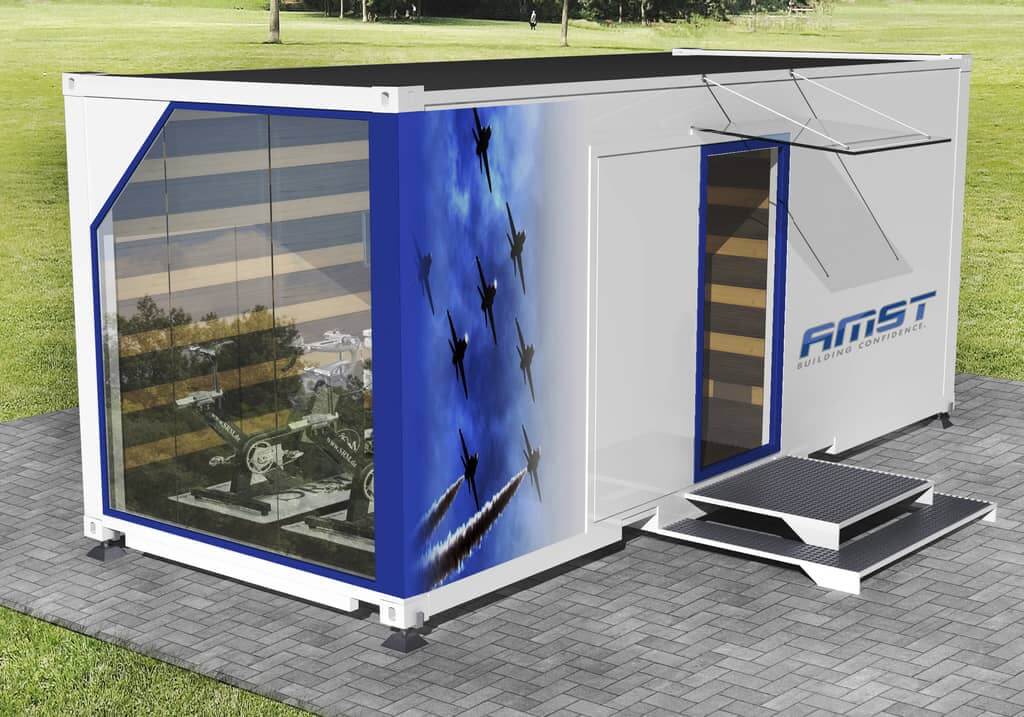
If you cannot install the NHTS in a training facility, the mobile container solution provides a self-contained system that is easy to set up. If you need the system elsewhere, you can simply move the container.
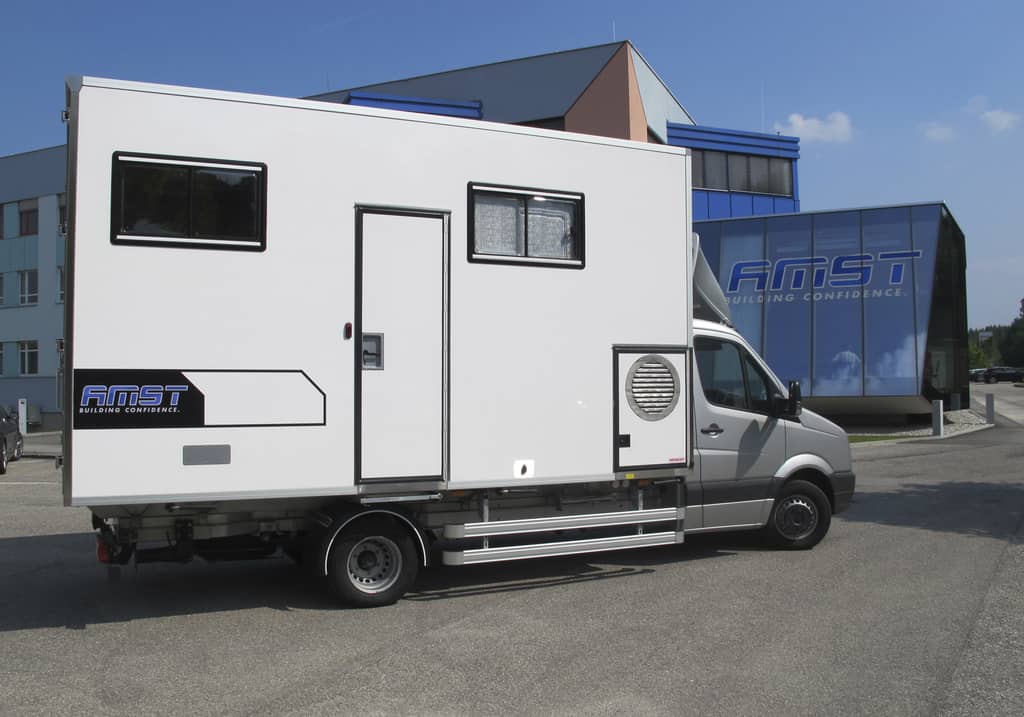
For maximum flexibility, the NHTS can be mounted on a vehicle. This allows you to do your normobaric hypoxia training at any location, for example where a competition takes place.
Features can differ for the NHTS variants. Below you find examples for the truck-mounted variant.
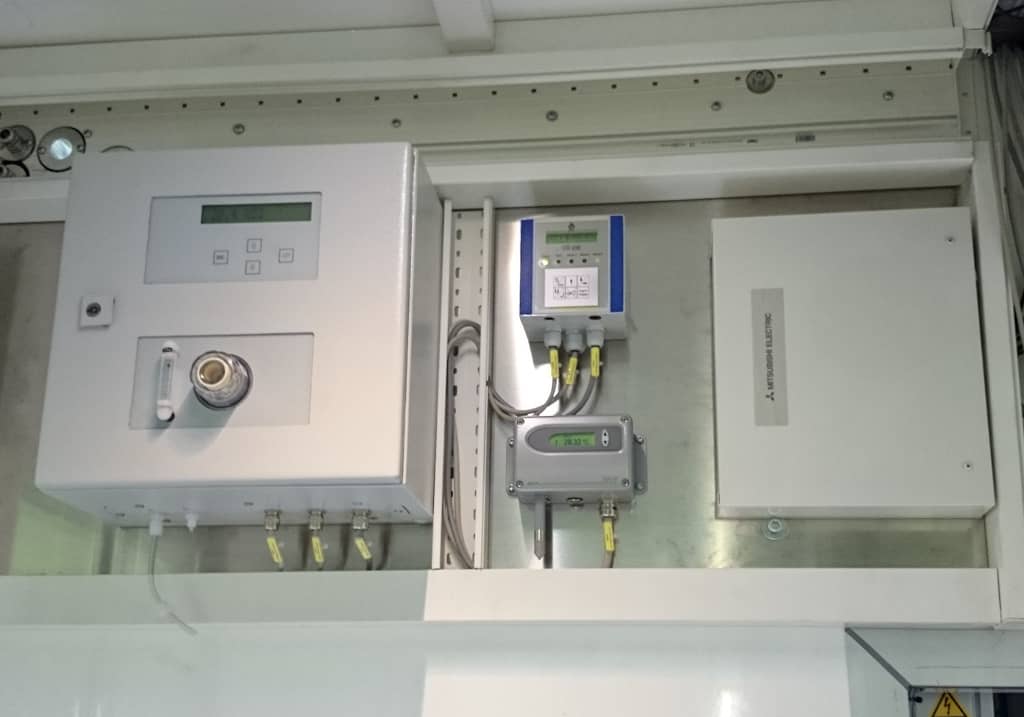
The safety system monitors all parameters that are important to identify dangerous conditions. If a parameter is out of its limits, an alarm sound starts and the related system goes into a safe state. The operator can easily identify the alarm and do the safety procedure that is necessary to correct the source of the alarm.
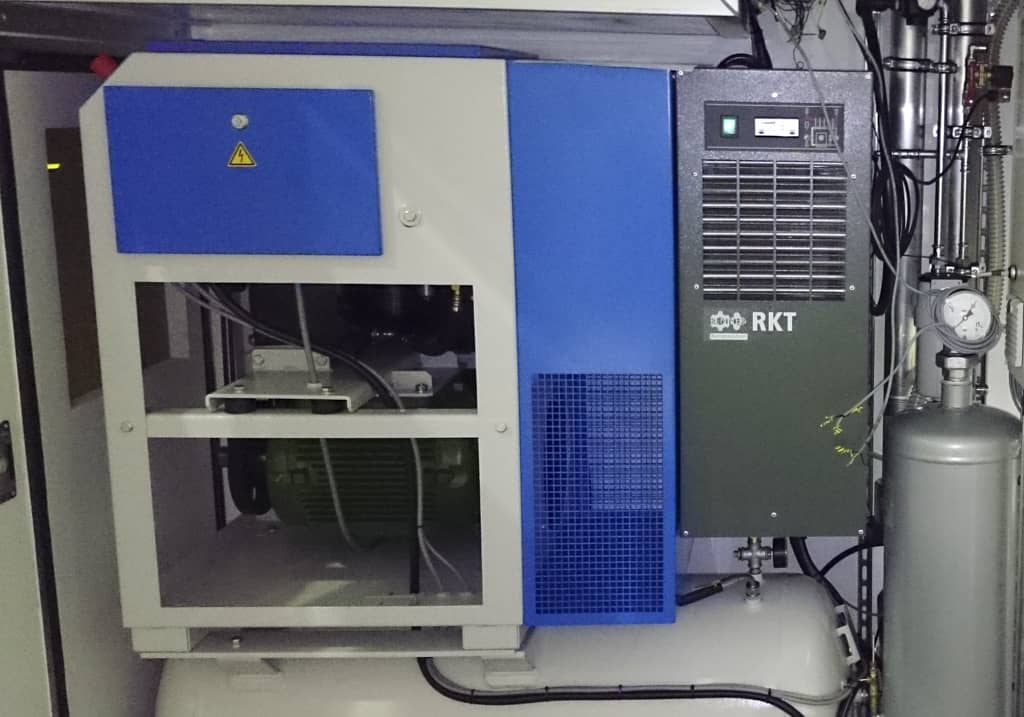
The nitrogen generator supplies the necessary nitrogen which goes through pipes to the air condition system to make a mixture with the air in the training room. The trainer controls the altitude from a control panel.
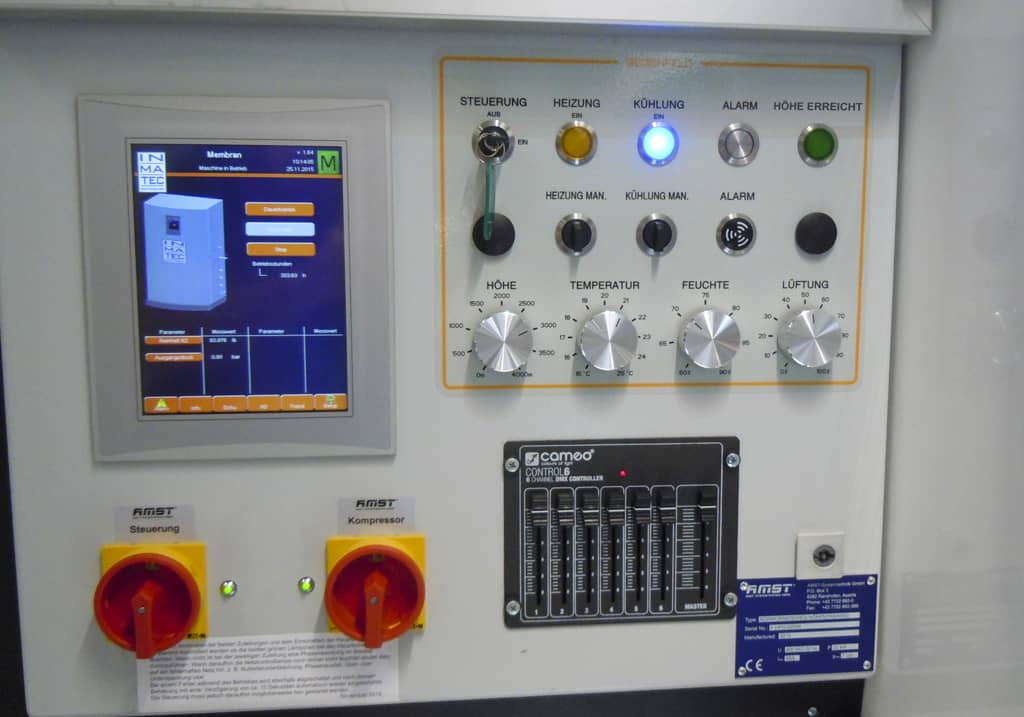
The trainer sets altitude, temperature, airflow and lighting from the control panel. A key operated switch prevents unapproved use. The control panel shows the trainer the current altitude, temperature, humidity and errors that may occur during operation.
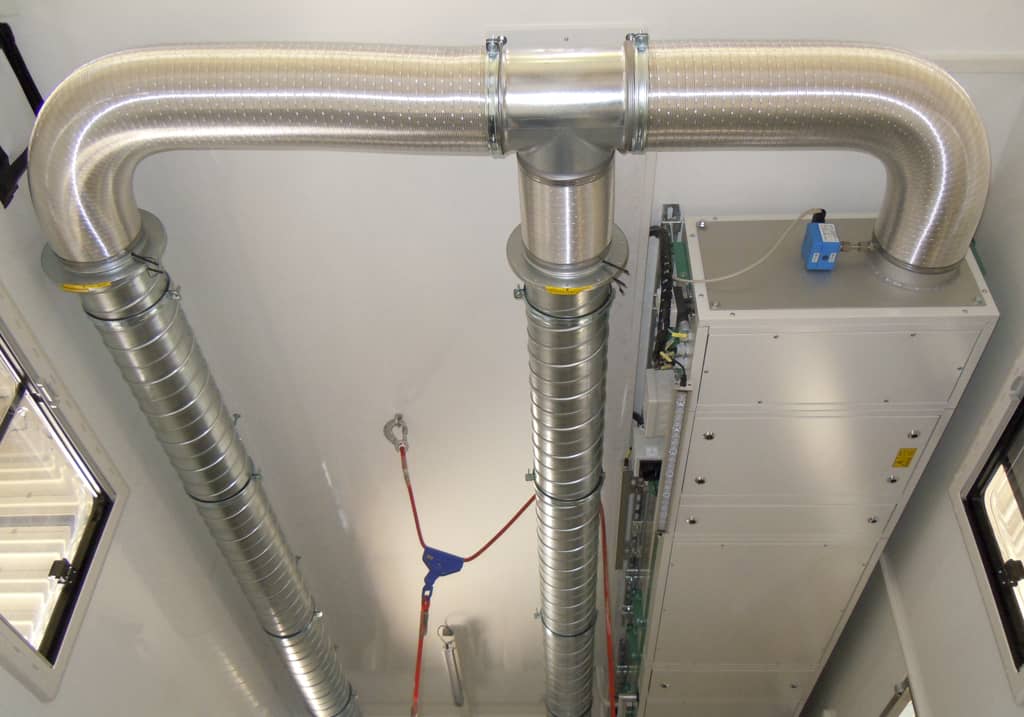
The air condition system cools and dehumidifies the training room. Heating is an option when you want to do trainings in cold environments.
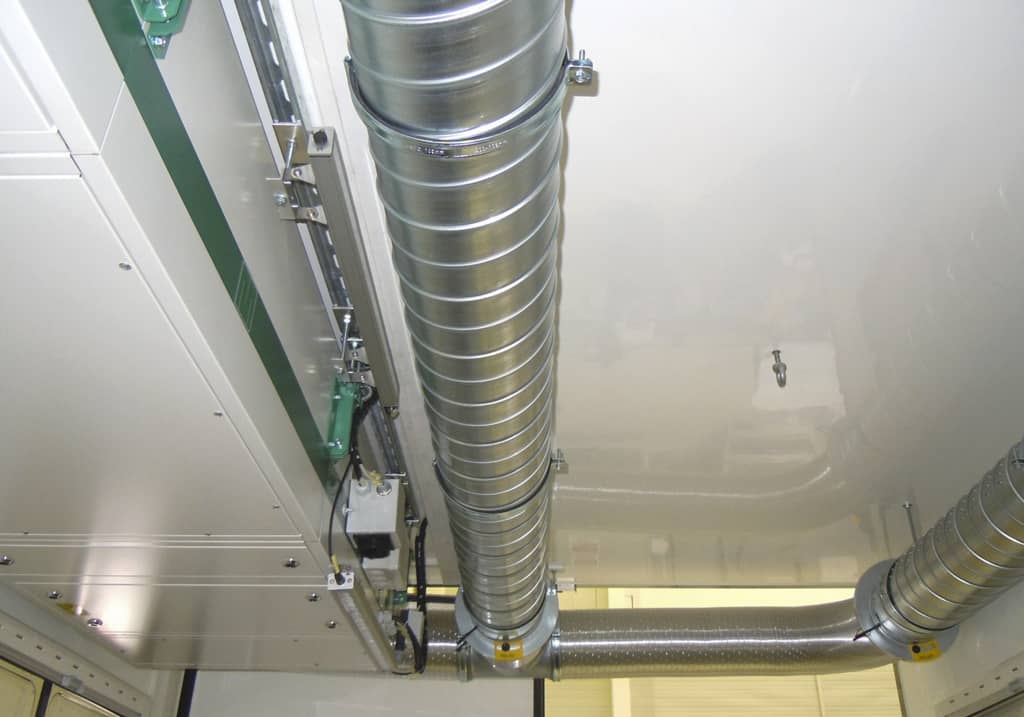
The fresh air supply system prevents high concentrations of carbon dioxide and carbon monoxide. It also prevents odorous gases. The fresh air supply system has no effect on the simulated altitude.
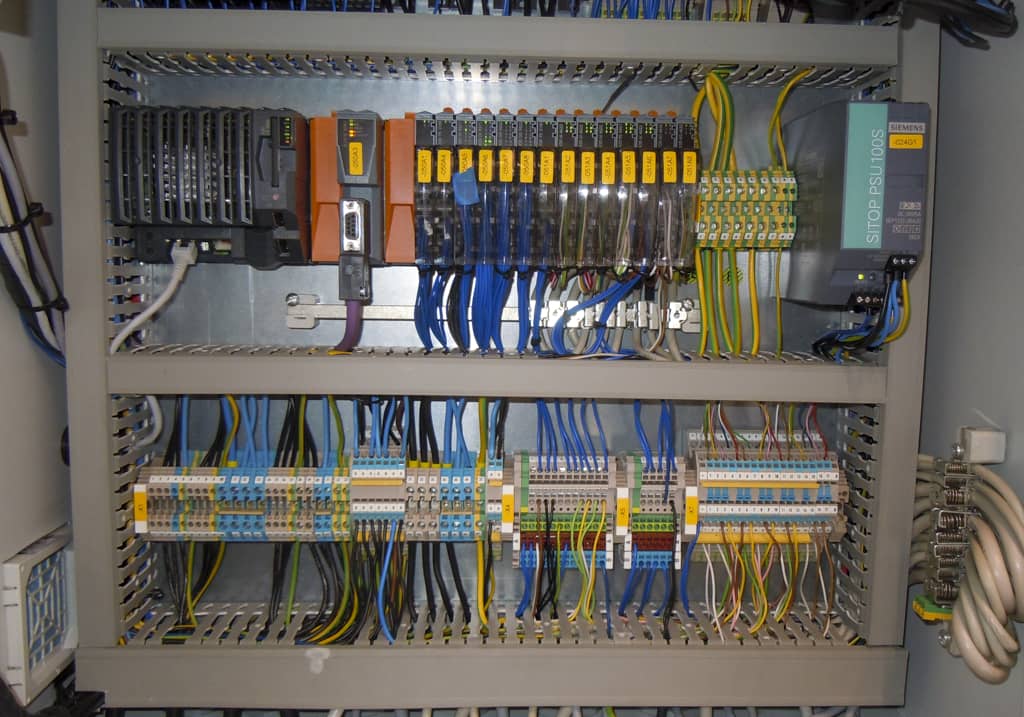
The PLC system controls the systems for altitude simulation. It controls the start-up and shutdown procedure and provides the safety logic and control. Management of user input data, measurement data and sensor interfaces are other tasks of the PLC.
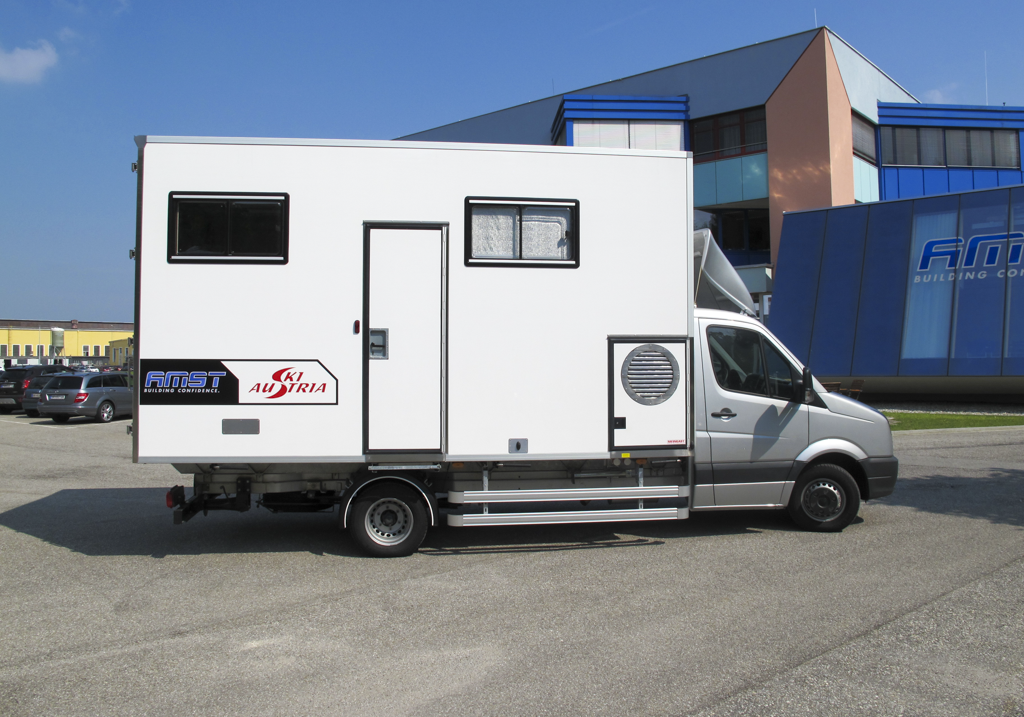
AMST handed over the mobile Normobaric Hypoxia Training System to the Austrian Ski Team organisation on 15. June 2015. AMST developed the system for highly effective sports training, regeneration training after sporting accidents, hypoxia research, and pilot training.
AMST-Systemtechnik GmbH
Lamprechtshausener Strasse 63
5282 Ranshofen • Austria
Phone +43 7722 892 0
Fax +43 7722 892 399
E-Mail office@amst.at
© 2021 AMST